When it comes to performance and everyday driving, engine reliability becomes a key selling point. Some engines consistently deliver strong performance and durability, even when pushed to their limits.
These engines earn a reputation not just from stock durability, but from how well they handle modifications, longevity, and minimal maintenance needs. From Japanese tuners to American muscle, these engines reflect mechanical excellence.
Here we explore five standout engines with legendary durability – units that enthusiasts and everyday drivers alike trust. Whether in factory tune or modified for track use, these powerplants have proven they can take abuse and still deliver.
5 Cars With Rock-Solid Engine Blocks
1. Toyota 2JZ – The Legendary Tuner’s Dream
The Toyota 2JZ is arguably the most iconic inline-six engine of all time. Built from 1990 to 2007, this 3.0-liter motor became famous in the Mk IV Supra. With a cast iron block and forged internals, it can handle over 1,000 hp on stock components when tuned correctly.
Its bulletproof reputation comes from its ability to endure extreme stress without breaking down, while offering smooth daily drivability. Tuners and racers worldwide swear by its reliability, and standard maintenance is typically all that’s needed to keep it running past 300,000 miles. The 2JZ exemplifies Toyota’s engineering mastery in performance reliability.
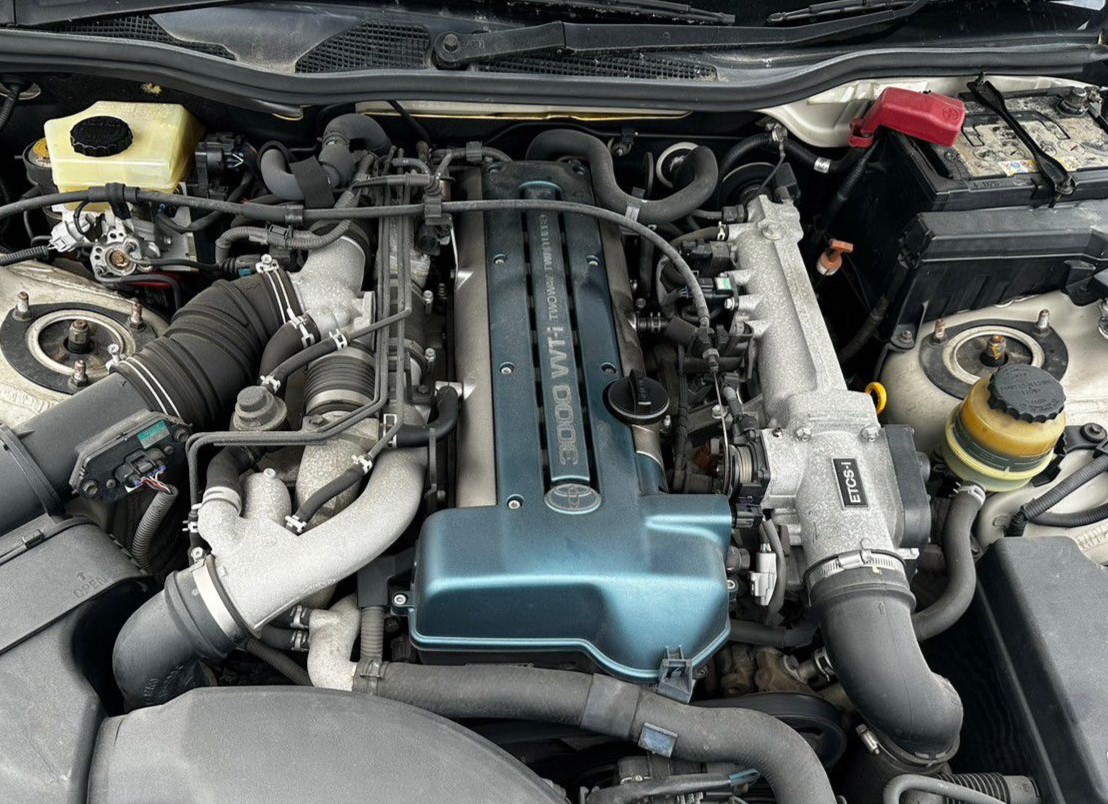
2. Toyota 1JZ – Compact, Powerful, and Reliable
Often overshadowed by its bigger brother, the 1JZ is another JZ-series inline-six that deserves respect. Displacing 2.5 liters, the 1JZ was in production from the early ’90s and delivers power ranging from 168 to 276 hp.
It shares many design philosophies with the 2JZ, including robust construction and strong aftermarket support. Its smaller displacement made it ideal for slightly more compact vehicles while retaining much of the 2JZ’s durability.
It is well-regarded in the tuner community for withstanding extensive abuse. Like the 2JZ, it handles forced induction gracefully, making it a go-to choice for reliable and potent performance builds.
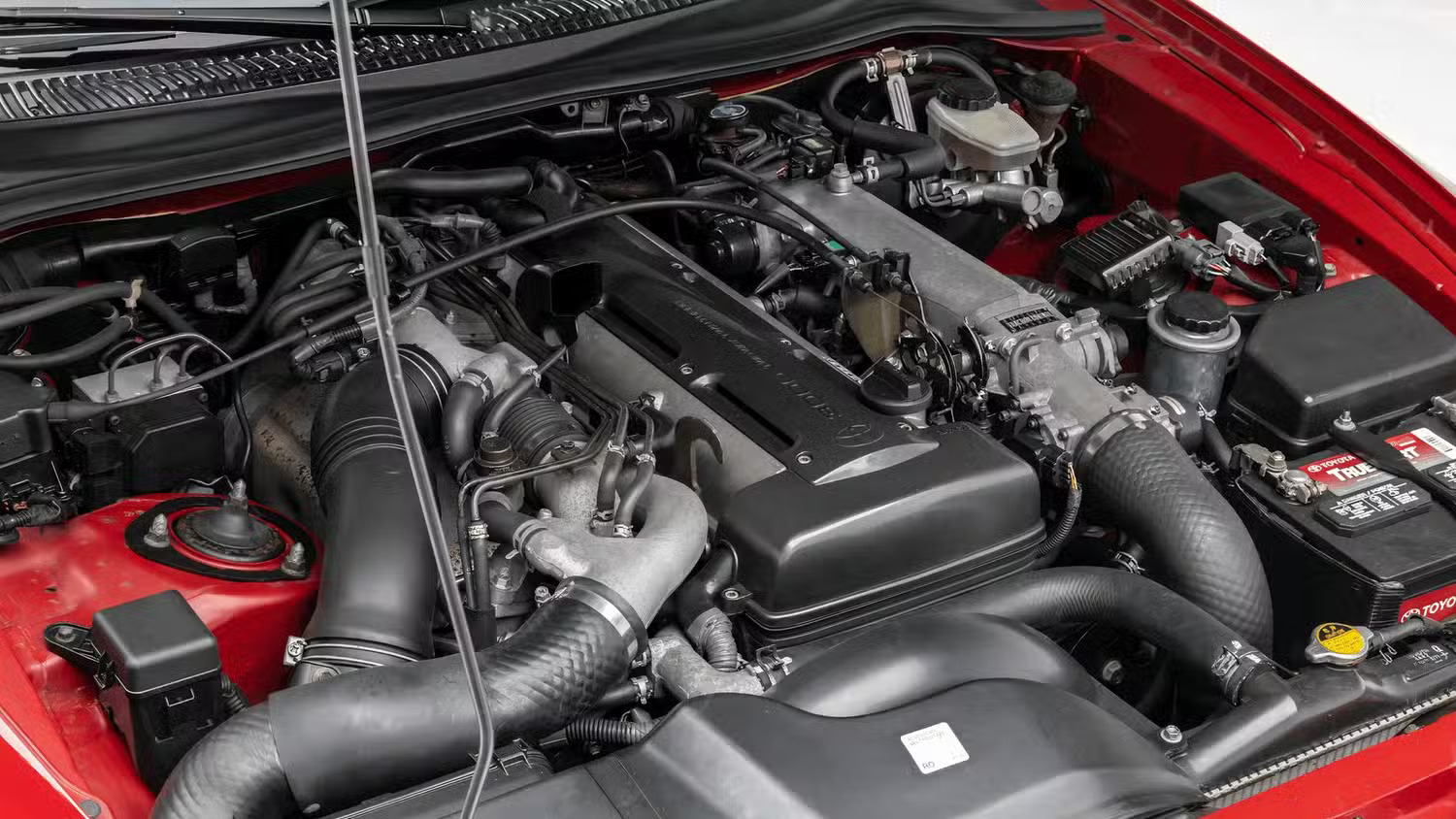
3. GM LS V8 – America’s Indestructible Powerhouse
The GM LS-series V8 engines have become legendary since debuting in 1997. Found in everything from Camaros to Silverados, the LS engines are small-block V8s known for their simplicity, strength, and versatility.
With outputs ranging from 255 to 755 hp, they suit a broad range of needs. The block’s iron or aluminum composition varies, but reliability remains consistent across the lineup. Tuners love the LS for its low-cost horsepower and vast aftermarket.
Whether in trucks logging hundreds of thousands of miles or track cars pushing major power, LS engines are a testament to American engineering done right.
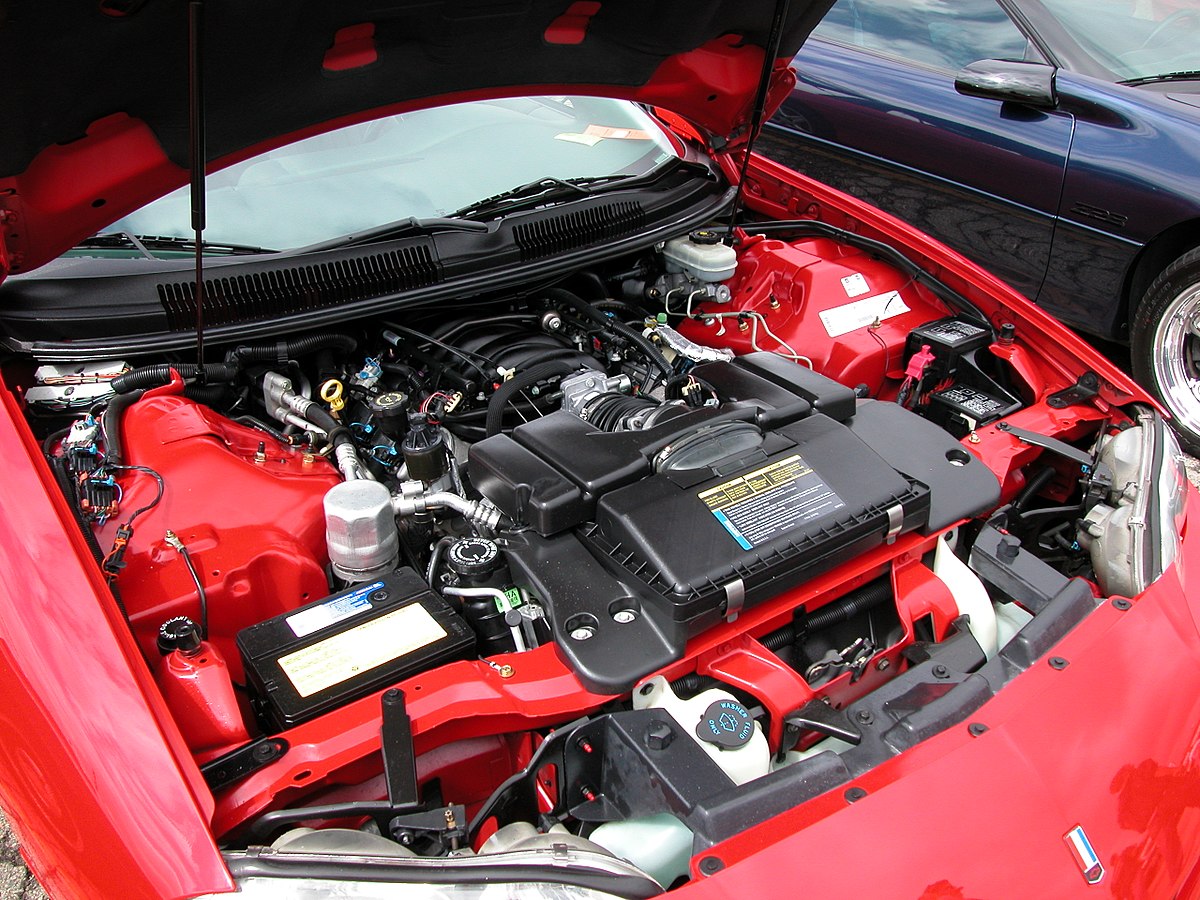
4. Honda K-Series – High-Revving Dependability
Introduced in 2001, the Honda K-Series is a DOHC inline-four engine revered for its combination of high-revving capability, VTEC performance, and reliability. Displacement ranges from 2.0 to 2.4 liters, delivering between 150 and 320 hp depending on the variant.
Found in Civics, Integras, and Accords, the K-Series is a go-to engine for swaps thanks to its affordability, durability, and support from the tuning community. Even under aggressive use, these engines consistently exceed 200,000 miles with proper care. The K20 and K24 are standout versions, known for responsive power delivery and minimal mechanical failure rates, especially under stress.

5. Toyota 2GR – V6 Longevity Champion
The Toyota 2GR is a 3.5-liter V6 engine launched in 2005 and still in production. Used in models ranging from the Camry to Lexus RX and even the Lotus Evora, it combines performance with remarkable durability. It features a die-cast aluminum block and heads, with power ranging from 237 to 316 hp.
Despite modern emissions requirements, the 2GR maintains exceptional build quality and longevity, often reaching 300,000 miles without serious problems. It’s been recognized on Ward’s 10 Best Engines list and is globally trusted across platforms. Its reputation is bolstered by widespread availability, ease of maintenance, and reliable engineering.
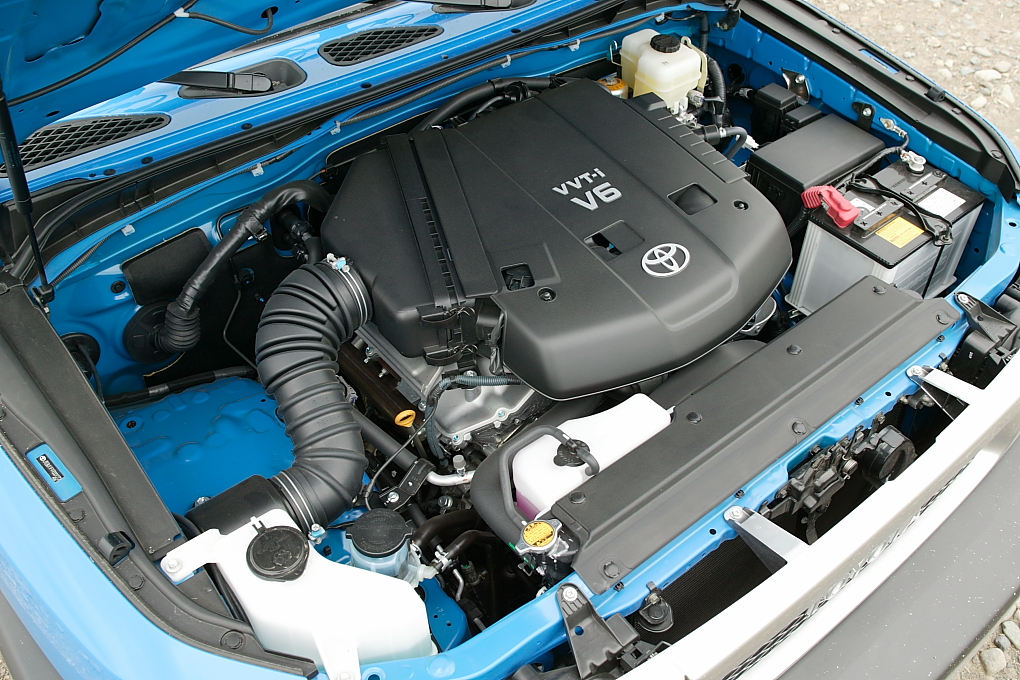
Also Read: 5 Cars With Perfect Door Hinges and 5 That Sag by Year Three
5 Cars With Cracking Issues
1. Mazda 1.3 Renesis – A Rotary Nightmare
The Mazda 1.3-liter Renesis rotary engine, used in the RX-8, is an engineering curiosity with a reputation for unreliability. Despite its high-revving nature and light weight, the rotary suffers from serious longevity issues.
Apex seal wear leads to catastrophic compression loss, often limiting engine life to under 60,000 miles. Oil and fuel consumption are unusually high, akin to two-stroke engines.
Additionally, it’s difficult to find shops familiar with rotary repairs, making maintenance more complex and costly. Despite its uniqueness, the Renesis lacks the robustness needed for dependable long-term performance, making it one of the most problem-prone engines of its era.
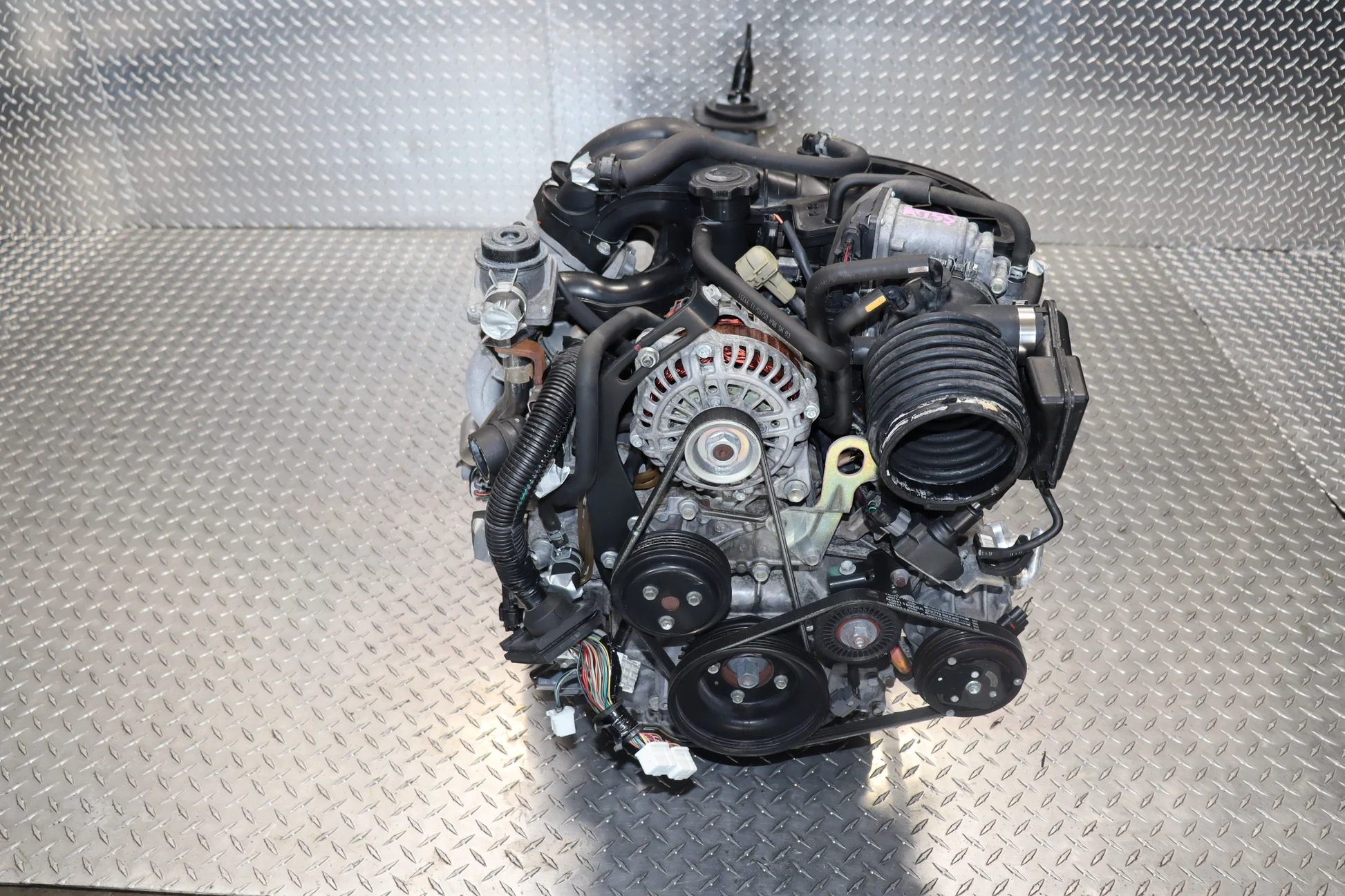
2. BMW N47 Diesel – Timing Chain Disaster
The BMW N47 diesel engine, used from 2007–2012 in models like the 318d and 520d, is infamous for catastrophic timing chain failures. Though efficient and relatively powerful, this inline-four turbo-diesel often suffers from chain wear prematurely, sometimes even before 100,000 miles.
The problem is made worse by its location at the back of the engine, requiring an engine-out job for replacement. Repairs are expensive, and if ignored, the chain can snap and destroy the engine.
The N47 was a major blemish on BMW’s engineering reputation, especially since many buyers expected long-term durability from these otherwise frugal diesel engines.

3. Nissan QG-Series – Oil Burner Blues
Nissan’s QG15DE and QG18DE engines, used between 1999–2006 in models like the Almera and Sentra, were plagued by excessive oil consumption. Worn piston rings lead to consumption rates of 1–1.5 liters per 1,000 km, far beyond acceptable limits.
With less than 3 liters in the oil sump, the engine can run dry quickly, causing irreversible damage. While Nissan often replaced engines under warranty, out-of-warranty owners faced costly repairs.
The engines’ poor reputation significantly affected resale values and trust in the affected models. Despite Japan’s reputation for bulletproof reliability, these engines were a major exception and widely considered engineering missteps.
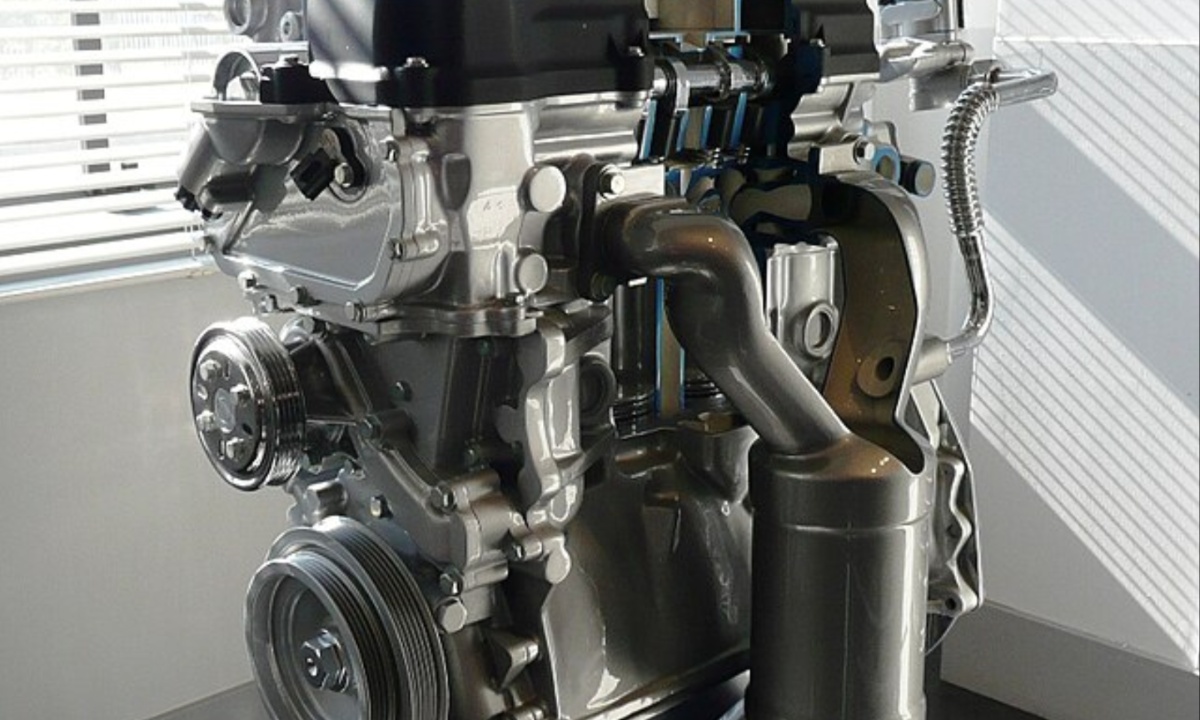
4. Toyota 1ZZ-FE – A Rare Toyota Flaw
Toyota’s 1ZZ-FE 1.8-liter engine was used extensively from 1999–2007 in the Corolla, Celica, and Matrix. Despite Toyota’s reputation, this engine had a serious design flaw in its piston rings, leading to high oil consumption and early wear.
Though revised in 2005, the issue persisted in earlier models, with many owners experiencing excessive oil burning well before 100,000 miles. Repairs often required a full engine rebuild, making it cost-prohibitive.
While not every unit suffered, the issue was widespread enough to tarnish the engine’s legacy. For a brand known for reliability, the 1ZZ-FE stands out as a significant blemish.
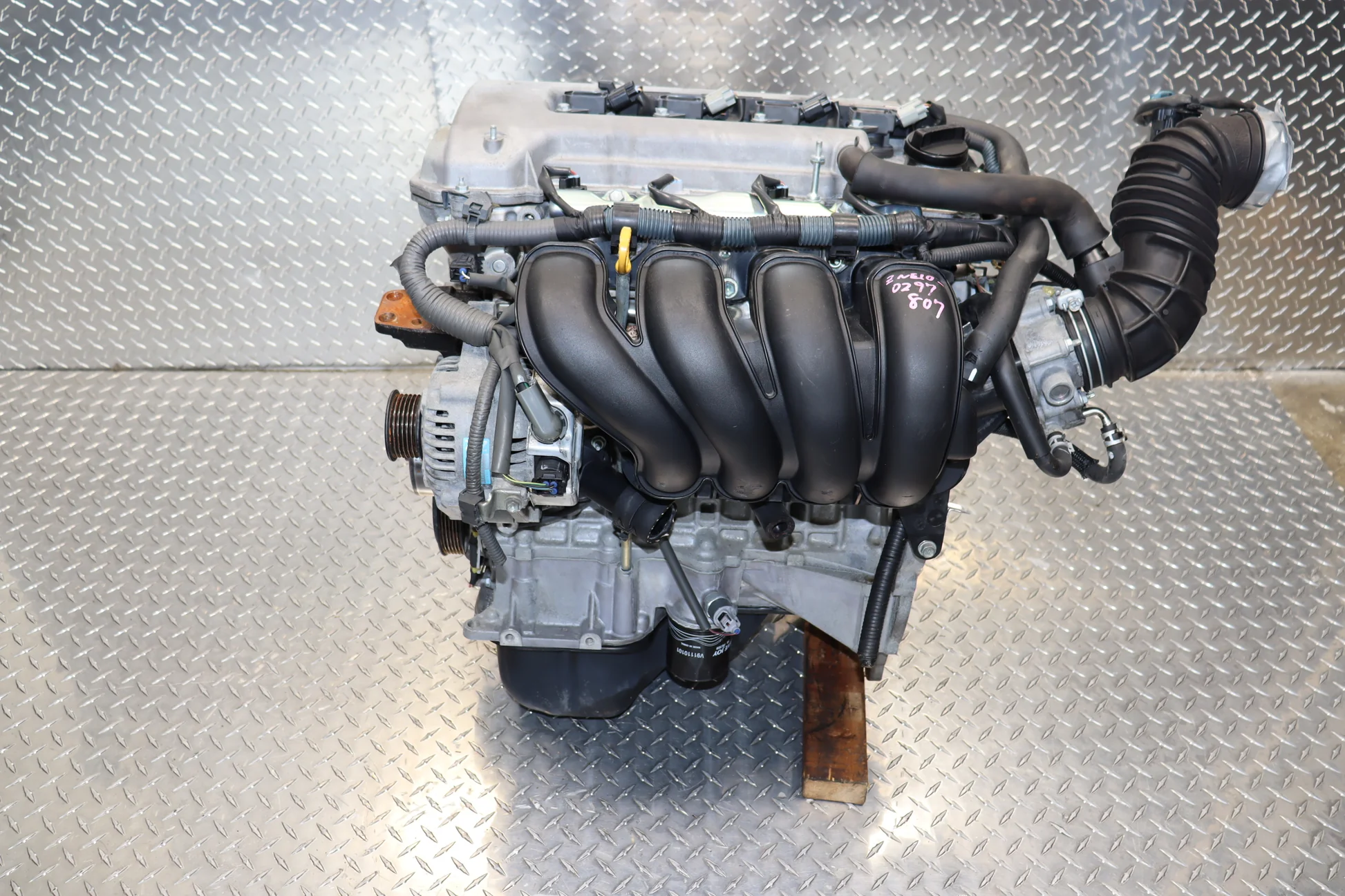
5. VW FSI Engines – Complicated and Fragile
Volkswagen’s 1.4- and 1.6-liter FSI engines (2001–2008) looked promising on paper, offering direct injection for improved fuel efficiency. However, in practice, they were riddled with issues.
Carbon buildup on intake valves, faulty timing chains, and fragile sensors led to major reliability problems. Because these engines were often installed in budget-friendly vehicles like the Golf Mk5 or Audi A3, expensive repair costs were especially painful.
They also had poor compatibility with LPG conversions, limiting their practicality. Ultimately, these engines did not live up to VW’s typically high standards, making them a cautionary tale in early direct-injection engine design.
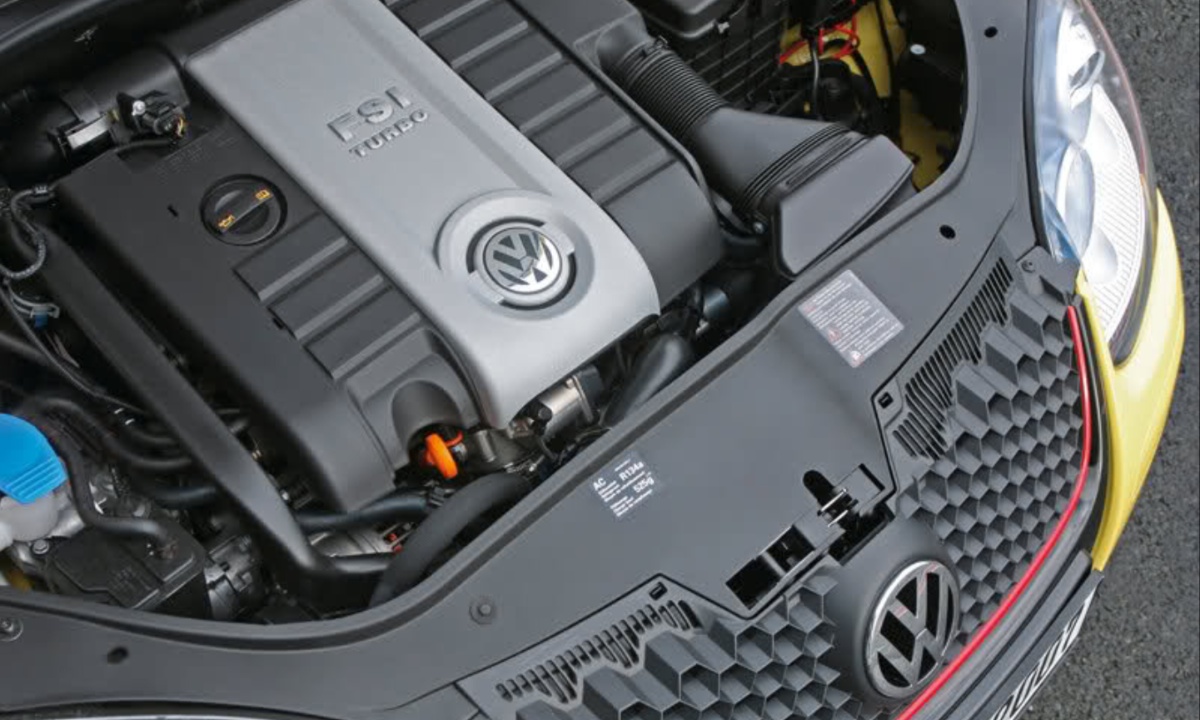
Engine reliability is often the single most important factor that determines a vehicle’s longevity and owner satisfaction. While some engines like the 2JZ and LS V8 are revered for their durability and tuning potential, others like the Renesis and N47 have become cautionary tales.
Whether you’re hunting for a used car or planning an engine swap, understanding which engines offer rock-solid performance and which are prone to failure can save you money and headaches. In the end, the difference between a legend and a lemon comes down to engineering integrity—and knowing which side your engine falls on.
Also Read: 5 Cars That Never Annoy Owners and 5 That Cause Constant Frustration

